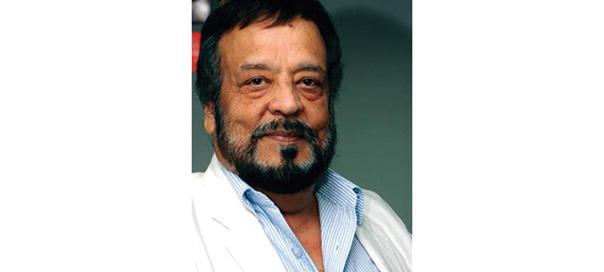It was sad to watch Indian TV channels’ reaction to the unusual method Delhi’s newly elected Chief Minister adopted to bring home a crucial point that you can’t blame the State government for the increasing crime in the capital if the police are not under its control and still answerable to the Central government. His message was simple: “If you don’t give me the power, then you can’t make me responsible for the corrupt police you have been pampering.”
The method, no doubt, was unorthodox, which the nascent Indian democracy had not experienced before. It was a serious jolt for the North and South block’s power corridors to have an elected CM staging a dharna so close to the venue of the Republic Day parade - a symbol of India’s military might and also of the power that the Central government wields.
But it seems that the Congress Party has still not realized that if a political party is not obsessed with clinging to power, then nothing can stop it from openly raising questions about the deep-rooted police corruption in the capital, which the Centre ignored in the past because it could blame Delhi’s CM for it. What the UPA government forgot was that this time, it is not one of its own cronies at the helm; instead, it is the “people’s government”, literally “of the people, by the people and for the people”.
Some can argue (and the media did) that it doesn’t behove an elected CM to protest against a Home Minister whose Congress Party brought him to power by supporting him in the legislative assembly. But the media failed to remind viewers that the Congress Party’s move to support the AAP was aimed at killing two birds with one stone. The Congress wanted to prevent the BJP from forming a government and at the same time force the AAP to form a minority government by offering it unconditional support. Little did it realize that its move could boomerang and create a situation in which it would be difficult to withdraw that support even if it wanted to.
Kejriwal’s move to organize a sit-in protest outside the Home Minister’s office in an area being secured for the Republic Day parade was indeed a big gamble. But he also knew that it would put additional pressure on the UPA government to accept his demand and suspend police officers found negligent in preventing crime.
But the basic conflict between CM Kejriwal and Home Minister Sushil kumar Shinde (who out of frustration ended up describing Kejriwal as a ‘mad’ CM) was over who should have control of the Delhi police. Shinde tried to justify his control of the police by saying that even in the US, the police in Washington, DC are under federal control. But his statement was false. The fact is that the US government controls only the Capitol Hill police (Parliamentary police in our case) and the DC police are under the DC government. No one in the media, not even “legendary” Arnab Goswami, questioned the Home Minister’s factually wrong statement. The media, in fact, was more concerned about the way Kejriwal had locked his horns with Shinde.
One has to be naive to presume that drug-trafficking or flesh trade flourishes in a locality without the knowledge, or even alleged connivance, of the local police. Local residents are aware of the patronage extended by police to such activities. But the problem is that if they want crime stopped in their locality, who do they go to? The neighbourhood policeman is not an option. He has no access to Shinde.
It is also clear now that even the Delhi government is not an option. So the AAP, staying true to its commitment to the masses, is demanding more power.
But my gripe is why no one in the media told us what actually happened that triggered the ugly incident between the AAP Law Minister, police and residents of Khirki Extension. Is it true that drug and flesh trade go on in that area of New Delhi with the connivance of police? Was the police legally correct in not raiding a suspected building in that area? Did the Law Minister really make any racist remarks against African immigrants living in the area? All we have are different allegations made by the involved parties, which could be false and motivated.
The media should have worked on the above questions, rather than telling us again and again about Kejriwal’s dharna from ‘ground zero’, which the pictures were showing us anyway.
Kejriwal had every right to clearly demonstrate that his government was not tolerating crimes, but the Central government was. His protest demonstration cannot be termed as ‘anarchy’ as most TV channels described it. He was trying to fix the responsibility in the aam aadmi’s mind, and he was successful. At the same time, he was trying to warn the Central government that he can bring people to the streets again if his demand about police control is not met.
Instead of labelling him as an anarchist, the media should have helped him, because his demand is logical and just. The media in India, especially the 24/7 electronic media, really needs to mature if it wants to become an “effective” fourth pillar of the Indian democracy.
(Author/news analyst Ravi M. Khanna is a former South Asia bureau chief of Voice of America who now does freelance reporting from New Delhi)
Feedback: ravimohankhanna@gamail.com























